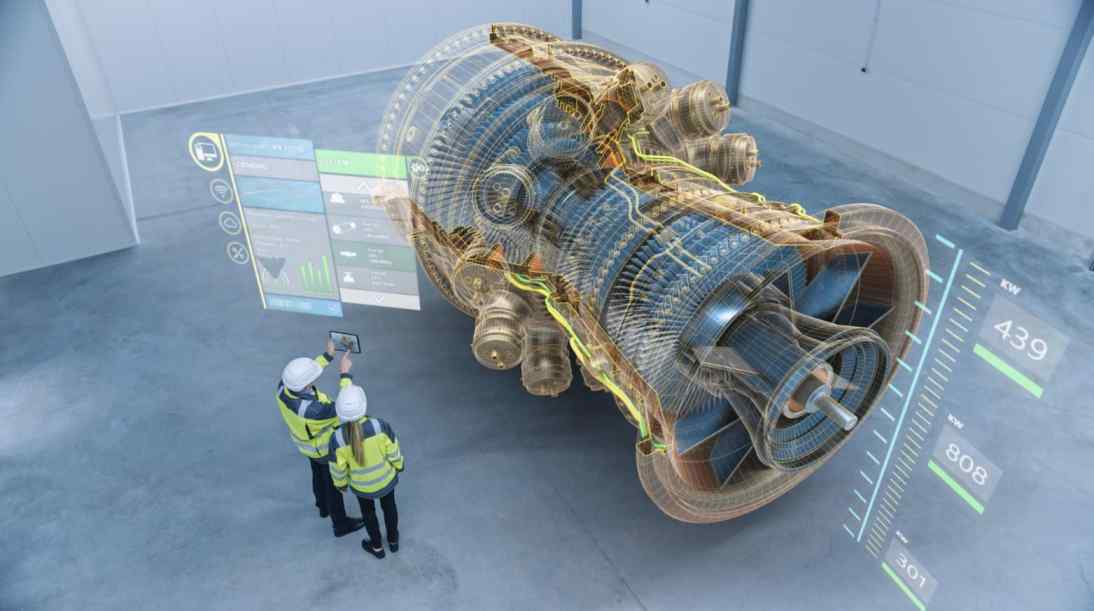

In order to assist European business survive in the increasingly cutthroat global marketplace, a Drachten, Netherlands-based factory that manufactures electric shavers is preparing for a test.
The Philips factory is a component of a research initiative that has been funded by the EU to encourage industries to employ “digital twins”—virtual factories built using tools that promise to expedite actual manufacturing.
Virtual and real
The goal is to use technologies like blockchain, artificial intelligence, robotics, cloud computing, and cloud computing to model entire production processes and identify areas for improvement.
The coordinator of the DIMOFAC initiative, which will continue until March 2024, Dr. Cécile Girardot, stated that “industry is in a transition phase and digital technologies can help.” Real-time data may demonstrate in the virtual world how machines are working in the physical one thanks to digital twins.
Global powerhouses in industries like aviation, steel, autos, and chemicals make up Europe’s €5 billion manufacturing sector, but it confronts competition from companies that prioritise exports and stricter environmental regulations domestically.
Energy price increases following Russia’s invasion of Ukraine in February 2022 and supply-chain interruptions brought on by the Covid-19 outbreak that struck two years earlier have been added to these two fundamental concerns.
As a reminder of how important this issue is to European policy, the EU established the €1.15 billion public-private partnership Factories of the Future to enhance manufacturing research and innovation.
The ability of European businesses to survive in the “Industry 4.0” era, which is characterised by automation and connectivity, is at risk.
In Europe, the concept of the virtual factory is gaining ground. Manufacturers are investigating digital-twin concepts and setting up virtual production plants, from the aeronautical manufacturer Airbus to the electrical equipment expert Schneider Electric.
Plug and produce
A solution to increase manufacturing agility has been created by DIMOFAC, which launched in late 2019.
“Plug and Produce” links actual machinery with digital twins to make changing production lines simpler.
Before installing the equipment in a real plant, a company might virtually mimic a new setup and work out any problems using the system.
According to Girardot, European project coordinator in advanced materials and manufacturing at French research agency CEA-Liten, production issues can occur, for instance, when employing recycled raw materials because their qualities aren’t always the same.
You must modify your manufacturing in this situation, she advised. “The quicker you complete it, the better. Reconfiguration times reduction is the key goal.
Five actual production facilities in Europe will be used to test the project’s “Plug and Produce” system. Examples include interactive displays made by Schaltag in Switzerland and aircraft components built by Éirecomposites in Ireland in addition to electric shavers made in the Netherlands.
The five sites are implementing the technology, and the first quarter of 2024 will see the delivery of the first set of findings.
Through its 30 partners, including Siemens Industry Software (France), the Austrian engineering firm FILL, and the Spanish firm EXOM Engineering, DIMOFAC has been able to access a wide spectrum of industry experience.
Closer collaboration
FIRST, a programme financed by the EU that advanced the idea of digital factories, looked at how they may be used to boost productivity at manufacturing facilities spread out over several places.
According to Lai Xu, the initiative’s coordinator, new concepts and procedures created by FIRST would make collaboration easier. The six-year project came to an end in December 2022.
According to Xu, an associate professor at Bournemouth University in the UK who studies collaborative business processes and virtual firms, “manufacturing sites can be quite isolated traditionally.”
According to Xu, FIRST set out to identify the difficulties and impediments to the use of virtual factory technologies and develop solutions for them.
There were seven partners in the initiative, including manufacturers, software firms, and institutions from nations like China, Germany, Italy, and the Netherlands.
Xu is optimistic about what digital twins can provide industry on the grounds of both business and the environment.
For instance, a fashion manufacturer may design a pair of shoes in Paris or Milan and coordinate manufacturing and sales around the world using a computerised model of the entire production process.
Blockchain technology would be used to connect all the partners—stores, designers, logistics, and manufacturers—and transmit data on what is required, where, and when.
According to Xu, “the customised shoe can be designed elsewhere but produced locally, resulting in a more effective and flexible manufacturing process and with less environmental impact.”
A la carte
Technologies for virtual factories are not all or nothing. According to Xu, manufacturers can use components to enhance processes without committing to the entire.
This could be a crucial factor to take into account for the numerous small and medium-sized businesses that make up Europe’s manufacturing industry and who might not have the resources to completely overhaul their systems.
Technologies for “virtual factories” can also assist businesses in managing the upkeep of sophisticated machinery more cost-effectively.
Sensors placed around the machine gather information that lets you plan when to send an engineer out for service, according to Xu.
She said that the FIRST consortium is actively looking for fresh EU and national funds to make even more strides in the field, indicating that virtual manufacturing technologies are expected to become more and more significant.







